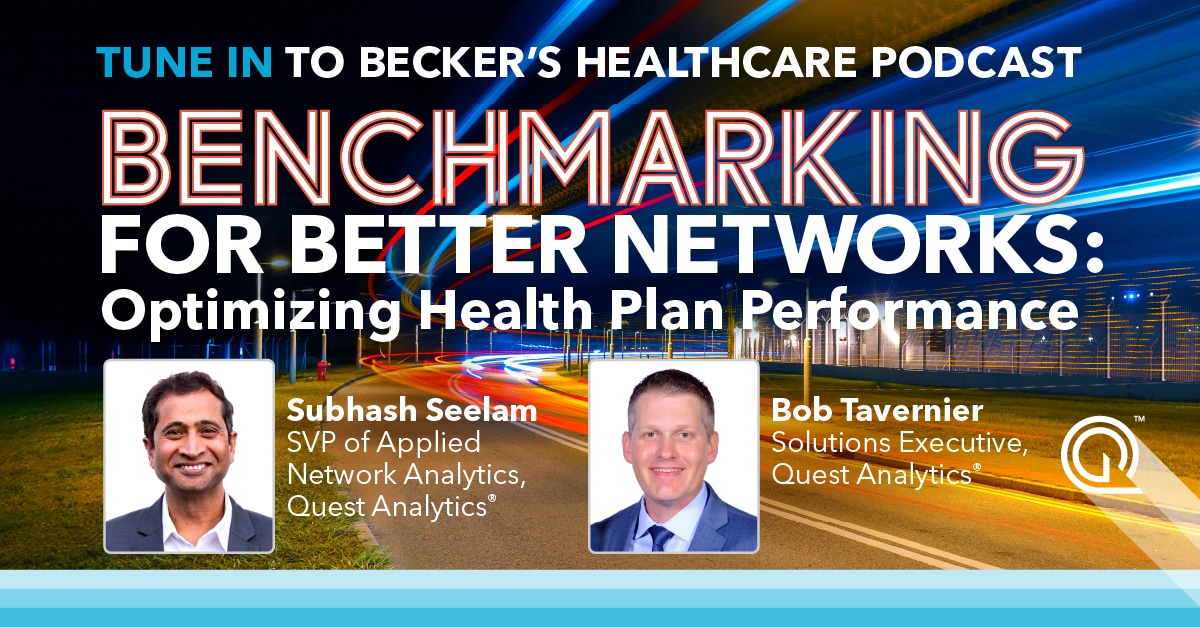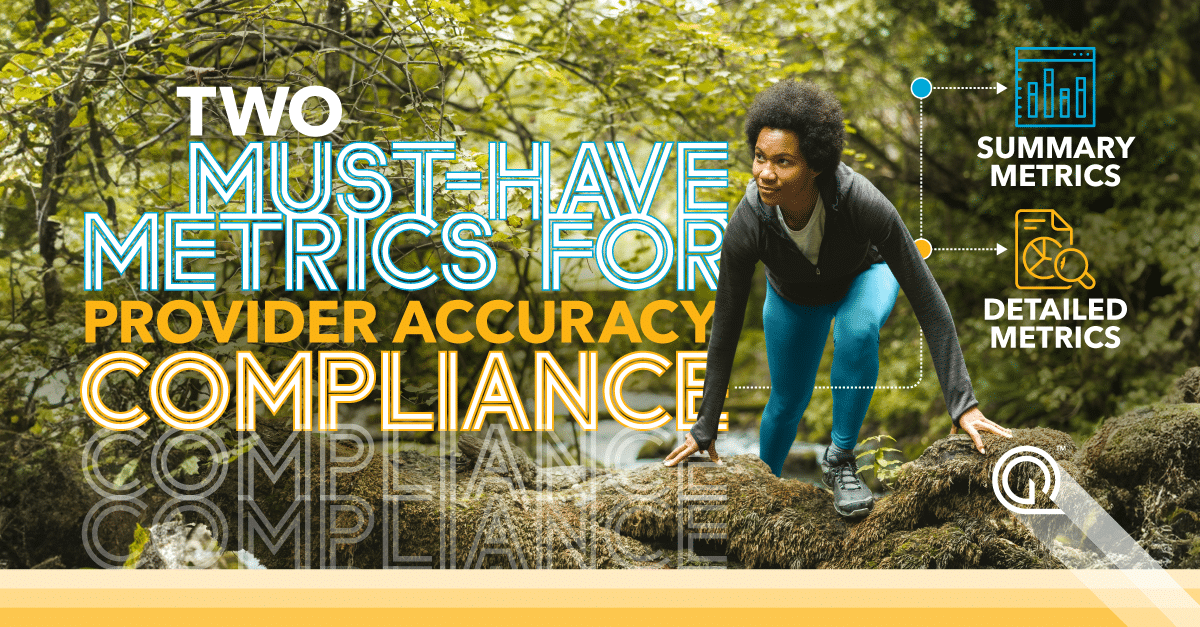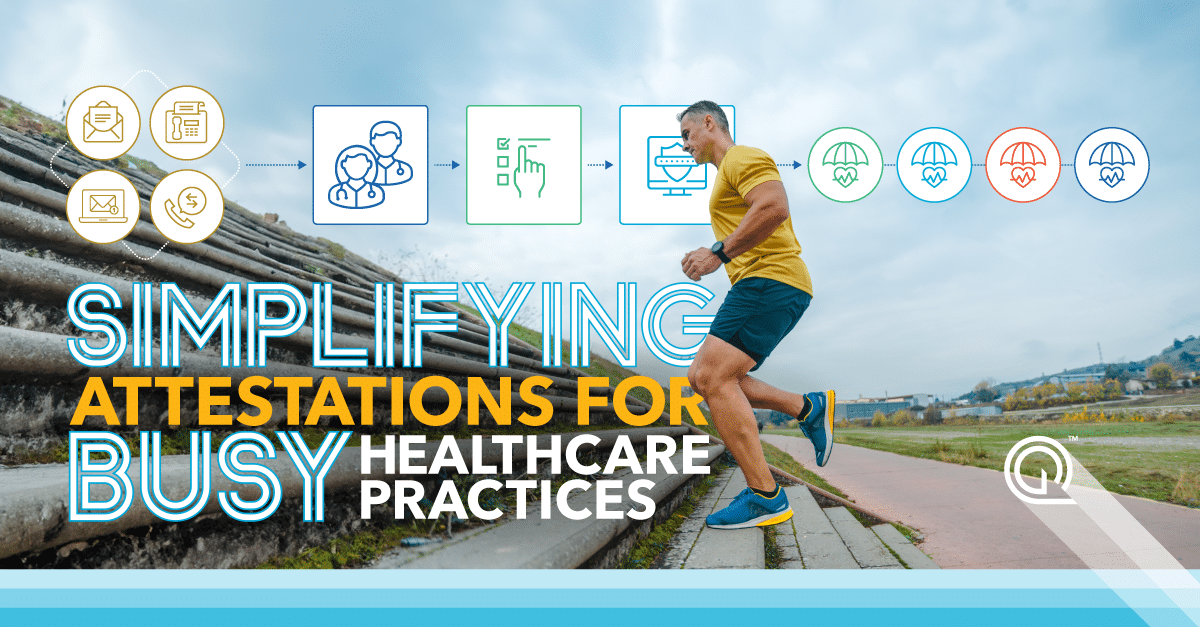Everyone’s buzzing about improving provider data accuracy and transparency these days—and for good reason. Just like an athlete training to reach peak performance, healthcare professionals like yourself need the right strategy and tools to succeed. In this article, we’ll dive into five best practices for improving provider data accuracy and outreach to achieve better outcomes.
Best Practice 1: Be Intentional with Your Outreach
When it comes to provider outreach, not all methods are equally effective. Incorporate these three strategies to improve the success rates of your outreach efforts.
Provider at Location
One of the most prevalent errors in provider directories is listing providers at the wrong location. To avoid this problem, perform what’s called location-centric outreach. Rather than reaching out to individual providers and asking them to confirm their various practice locations, the location-centric approach is focused on confirming the status of all providers at a specific location. It’s like targeted outreach but for provider locations.
Multiple Communication Channels
As you enhance your outreach methods, don’t just stick to one communication channel. There are plenty of options available, and we recommend using them all. Reach out to providers through various channels like email, fax, direct mail, and phone. The more avenues you explore, the greater your chances of getting the necessary updates.
Tailor to Small and Large Groups
Provider outreach is not a one-size-fits-all endeavor. Large groups and health systems typically have more providers to confirm compared to individual and small group practices. You’ll want to customize your approach and adjust your call to action accordingly to maximize response rates and make everyone’s lives easier.
Increase Your Provider Verification Response Rates
Provider verification—what’s the best approach? Eliza Hoffman, Vice President of the Regional Payer Segment at Quest Analytics, is back to share three best practices to improve your provider verification response rates.
Best Practice 2: Prioritize Your Provider Data Updates
Establish priorities and processes to identify and correct the most urgent, sensitive, and high-risk areas that could potentially cause member dissatisfaction or compromise the integrity of your network. Consider these factors when determining your priorities and processes.
High-Risk Data Elements
- Provider at Location Status
- Provider Status
- Provider Office Location Status
High Demand Specialty
- Primary Care
- Psychiatry
- Obstetrics and Gynecology
Health Equity Elements
- Provider Linguistic Capability
- Cultural Competency Training
- Patient Populations Served
Tip: Gain a better understanding of what’s working well and what needs improvement in your current process by using our Provider Data Accuracy Essential Planner.
Best Practice 3: Automate Your Data Integration
Manual sorting of massive amounts of data can cause delays and lead to outdated information. Automation tools such as an application programming interface (API) allow you to quickly integrate the information you receive from providers into your system.
API Integration: Streamlining Provider Updates
APIs open doors to seamless updates and enhancements, making life easier for your I.T. team. While ensuring that you won’t be locked out of new data and giving you the ability to effortlessly find and analyze the specific data you need, exactly when you need it.
Build Upon Your Existing Investments
API integration builds upon your existing investments, so you don’t have to throw away all that hard work you’ve already done. Smart investments are the key to moving forward.
Best Practice 4: Be Transparent About Outreach Efforts and Metrics
Transparency is paramount in any provider data verification strategy. It benefits executives and internal stakeholders while keeping you compliant with regulations like the No Surprises Act. Demonstrate your efforts to both parties by incorporating these two types of analytics.
Summary Metrics
Get an overview of your network, highlighting unresponsive providers and essential information at the provider, service location, and provider at service location levels.
Detailed Metrics
Information about specific providers and facilities, such as the last time they received an outreach, the communication channel used, and whether the provider or facility responded.
Best Practice 5. Use a One-to-Many Approach to Reduce Provider Abrasion
Providers and administrative staff are constantly fielding calls and emails regarding provider verification. As Steve Slaton highlighted in the Quest Analytics webinar, “Facing the Realities of Provider Data Challenges to Improve Outcomes,” this constant outreach for updating information creates a tremendous burden on the health plan and provider community and can lead to provider abrasion. Here’s what you can do to minimize frustration and streamline the process.
One-To-Many Outreach
Let providers update their information once and have that update disseminated to numerous organizations. Streamline the process, minimize frustration, and save time for everyone involved. It’s a win-win!
Incentivize Quick Responses
Show providers how efficient and hassle-free the process is. When they see the benefits, they’ll be motivated to respond promptly, keeping your data accurate and up to date. One and done.
There you have it, the inside scoop on five best practices to improve your provider data accuracy. By implementing these strategies, you’ll build trust with your health plan members, stay on top of regulatory requirements, and save yourself time and effort.
Proven Solutions for Your Provider Network Management
Looking to simplify your workload? Let Quest Analytics take on the heavy lifting! Our solutions and dedicated team specialize in provider data accuracy and provider network adequacy for various lines of businesses, including Medicare Advantage, Medicaid and Commercial. Schedule a strategy session today and see how we can help you every step of the way.











